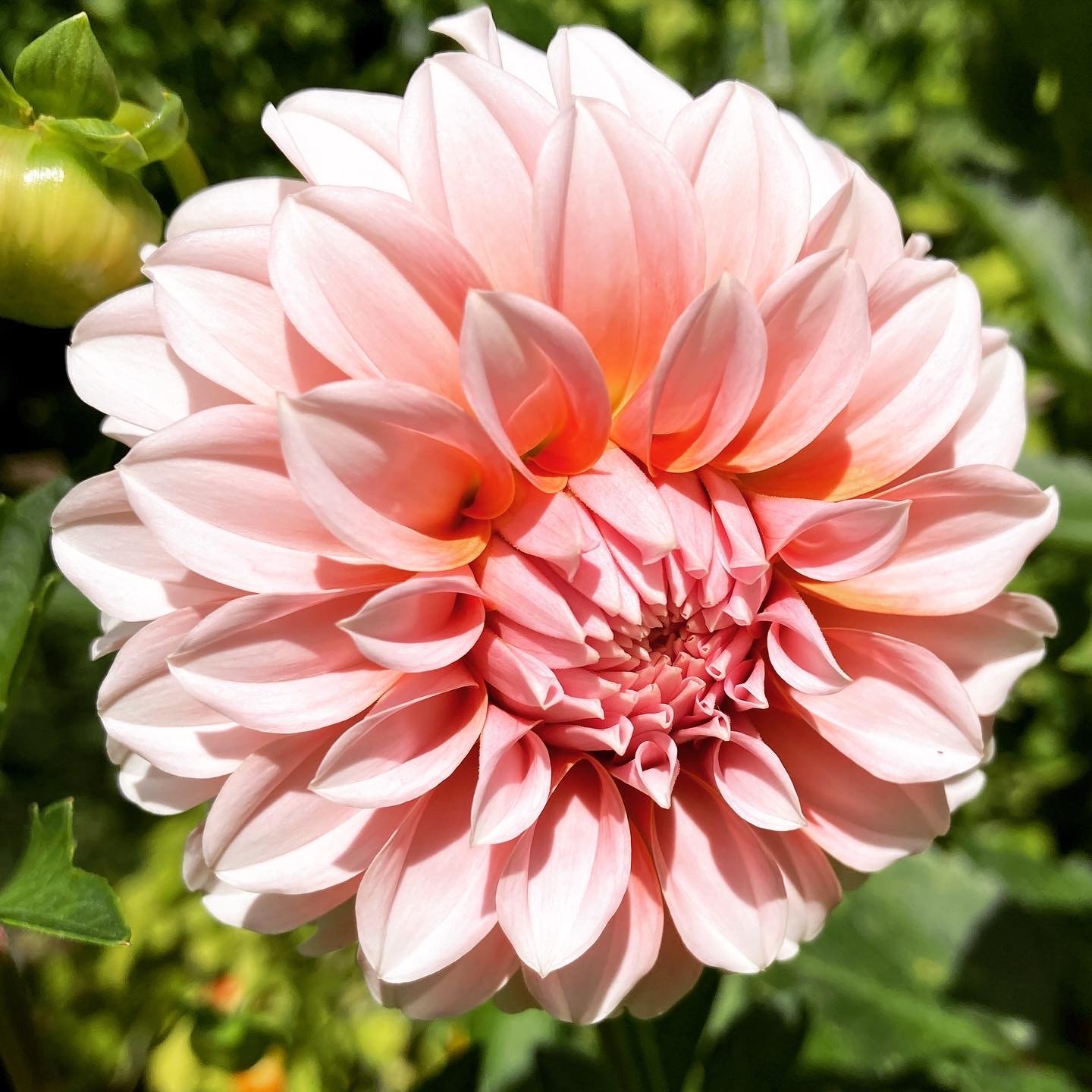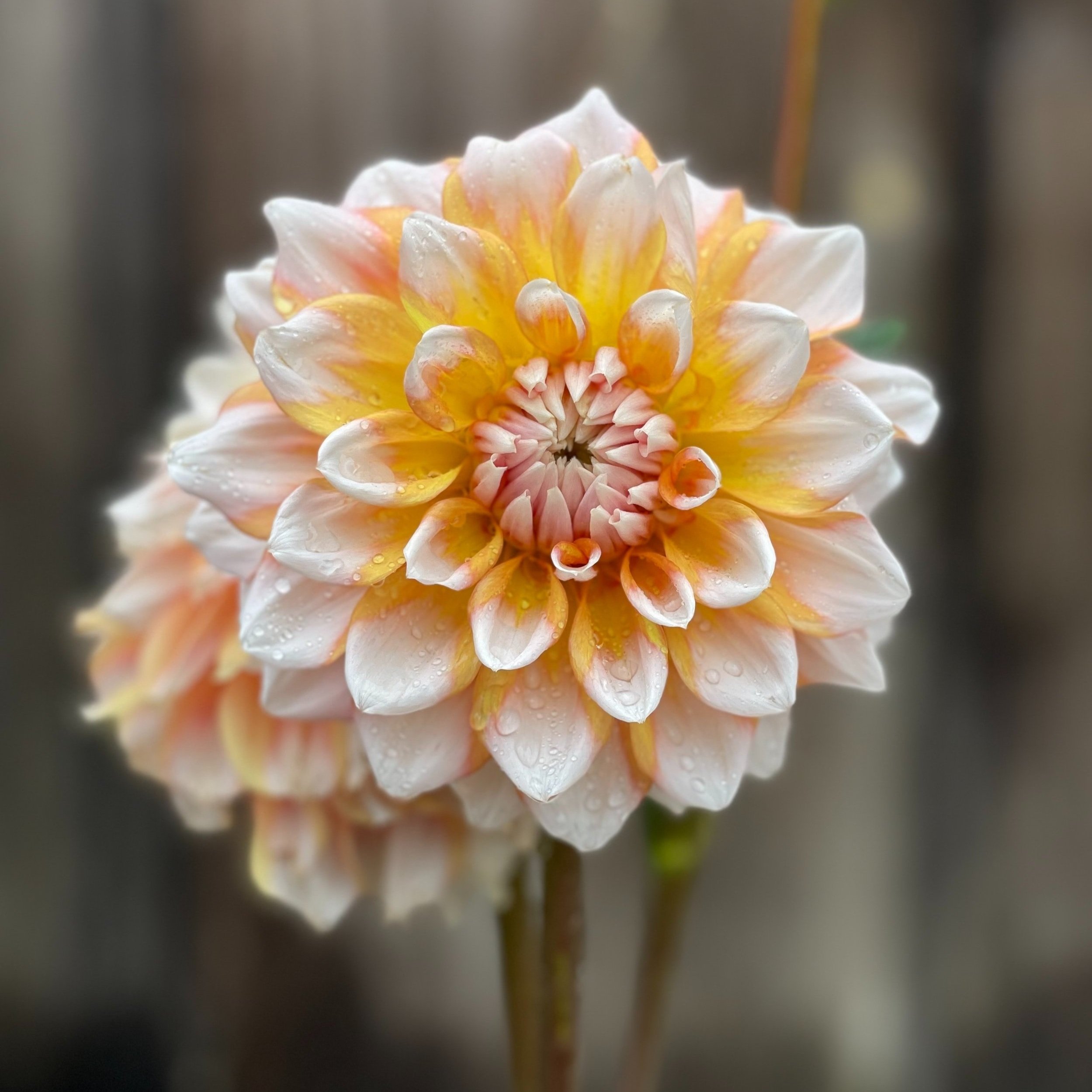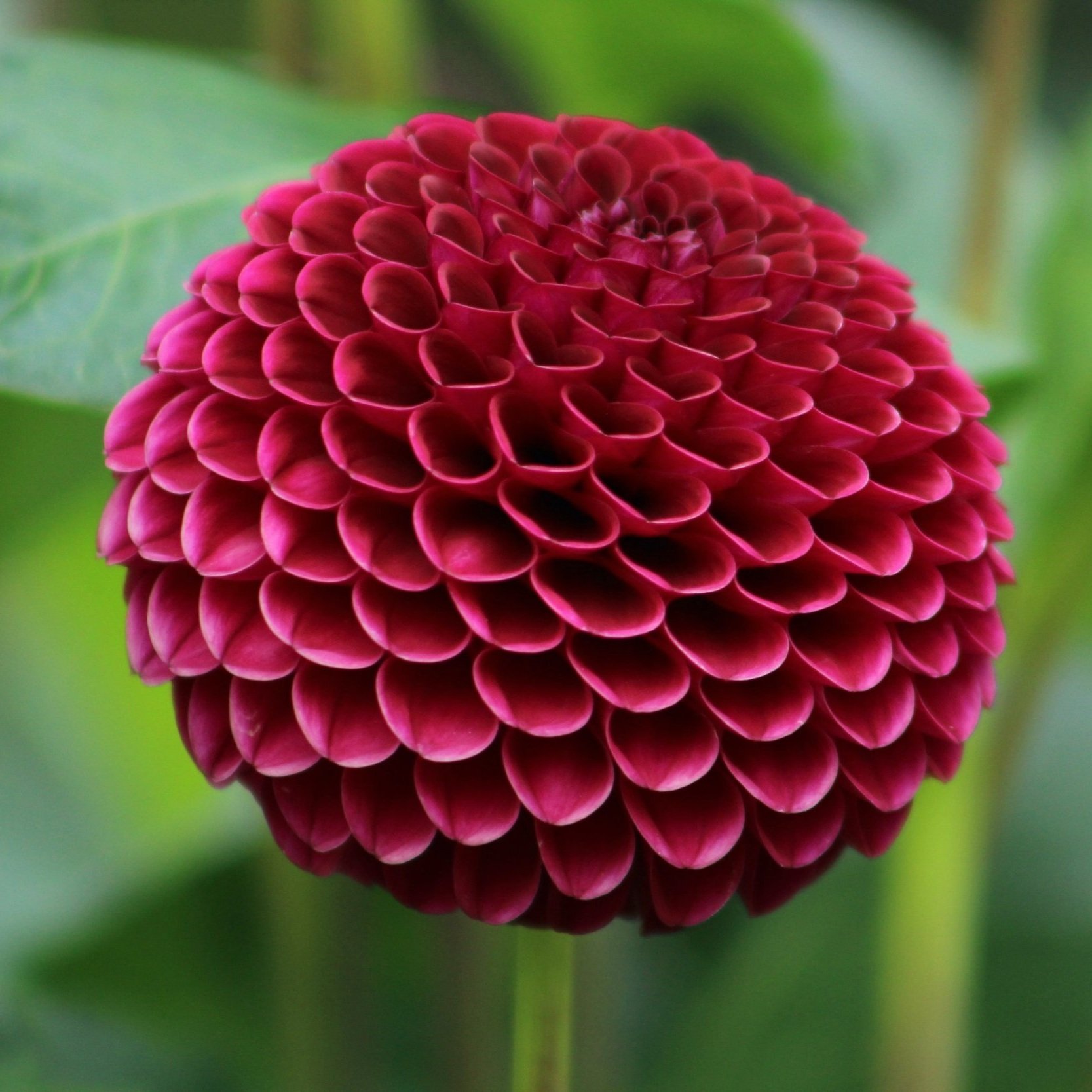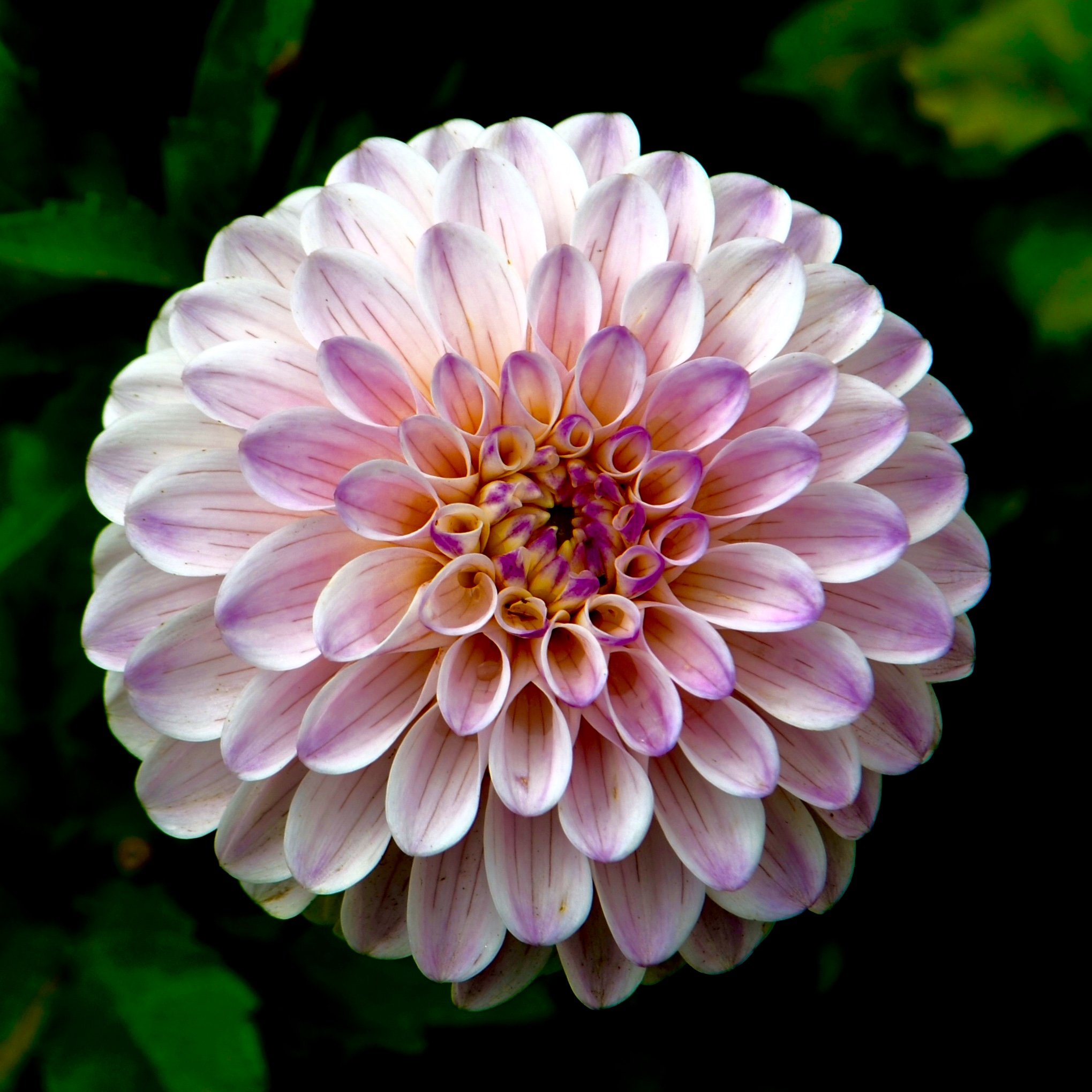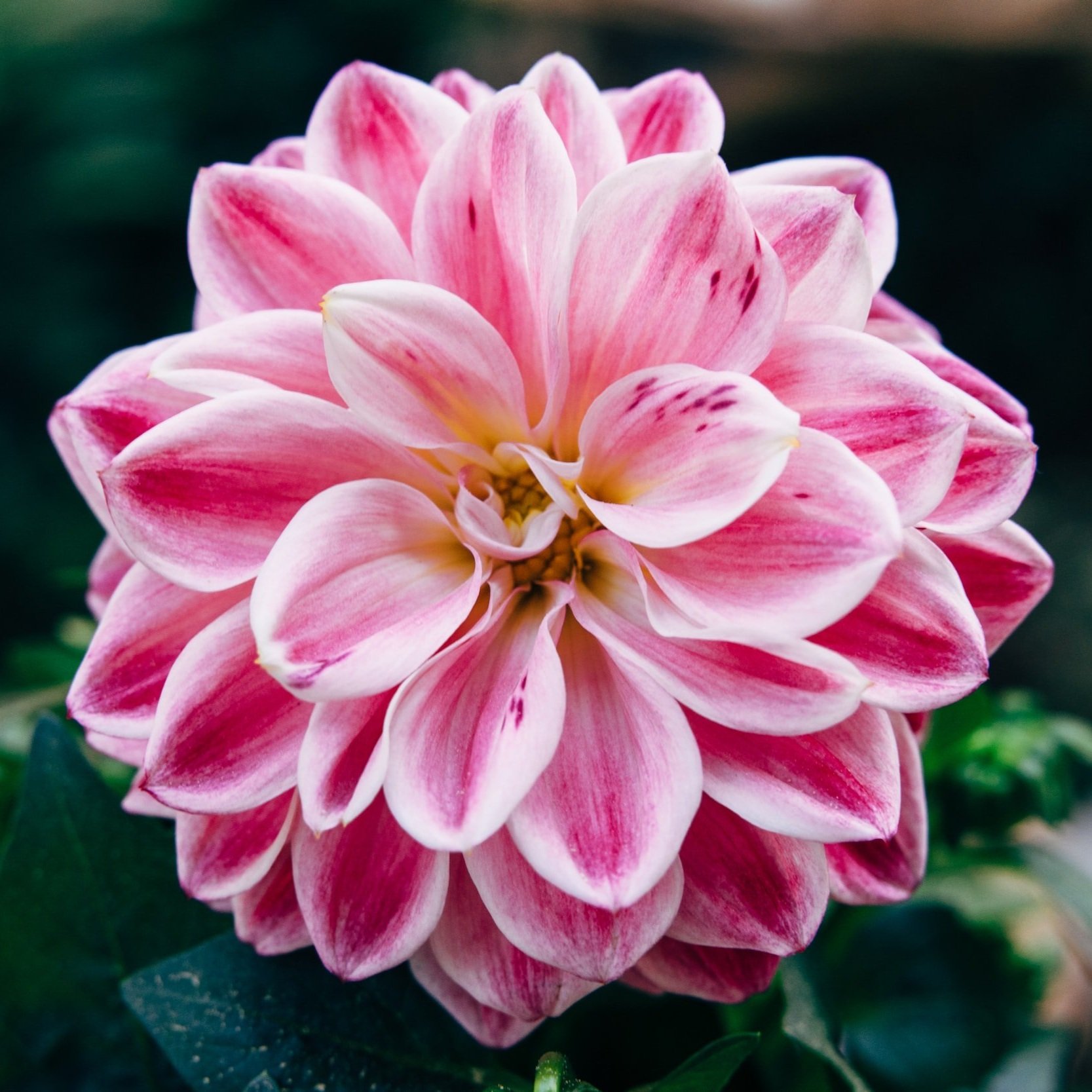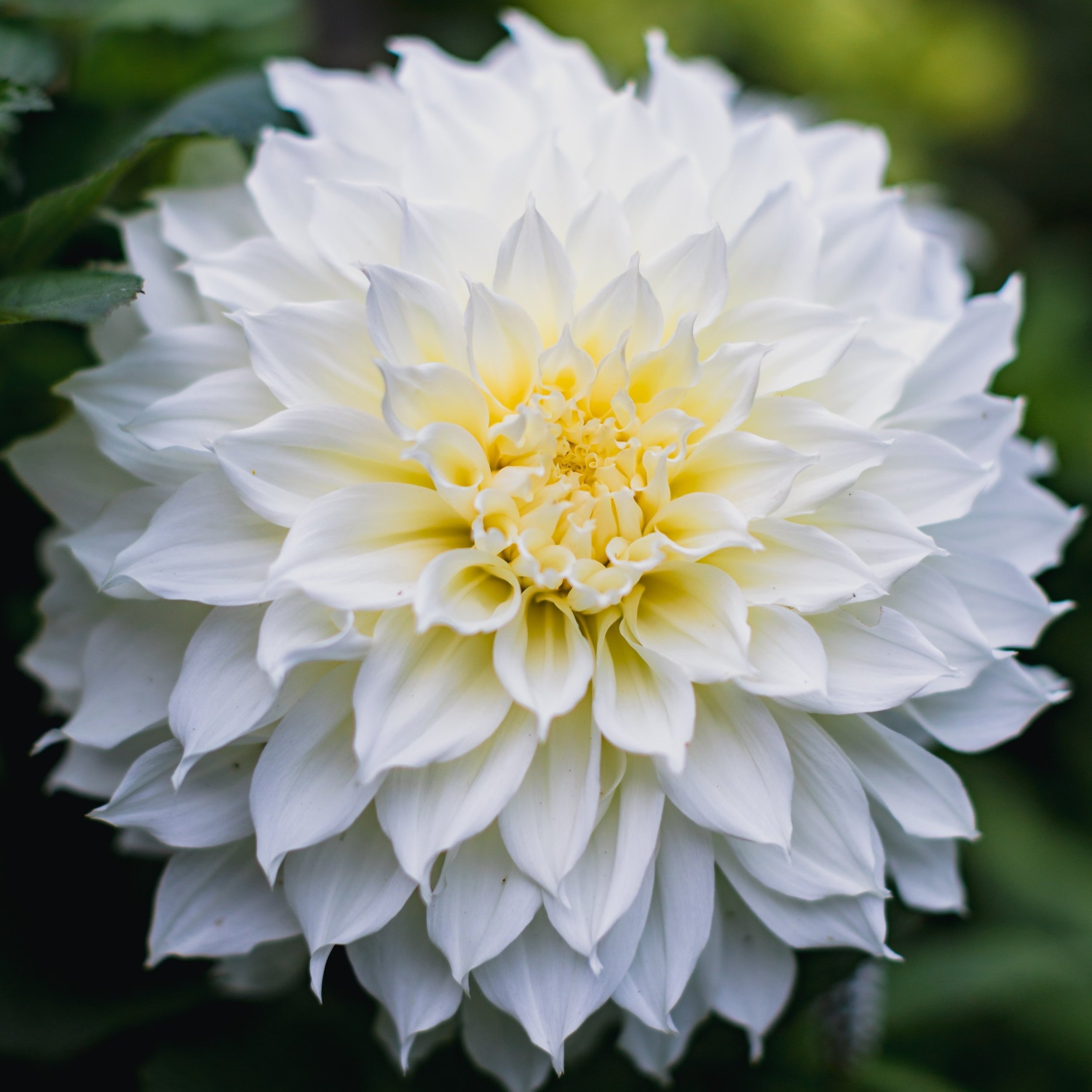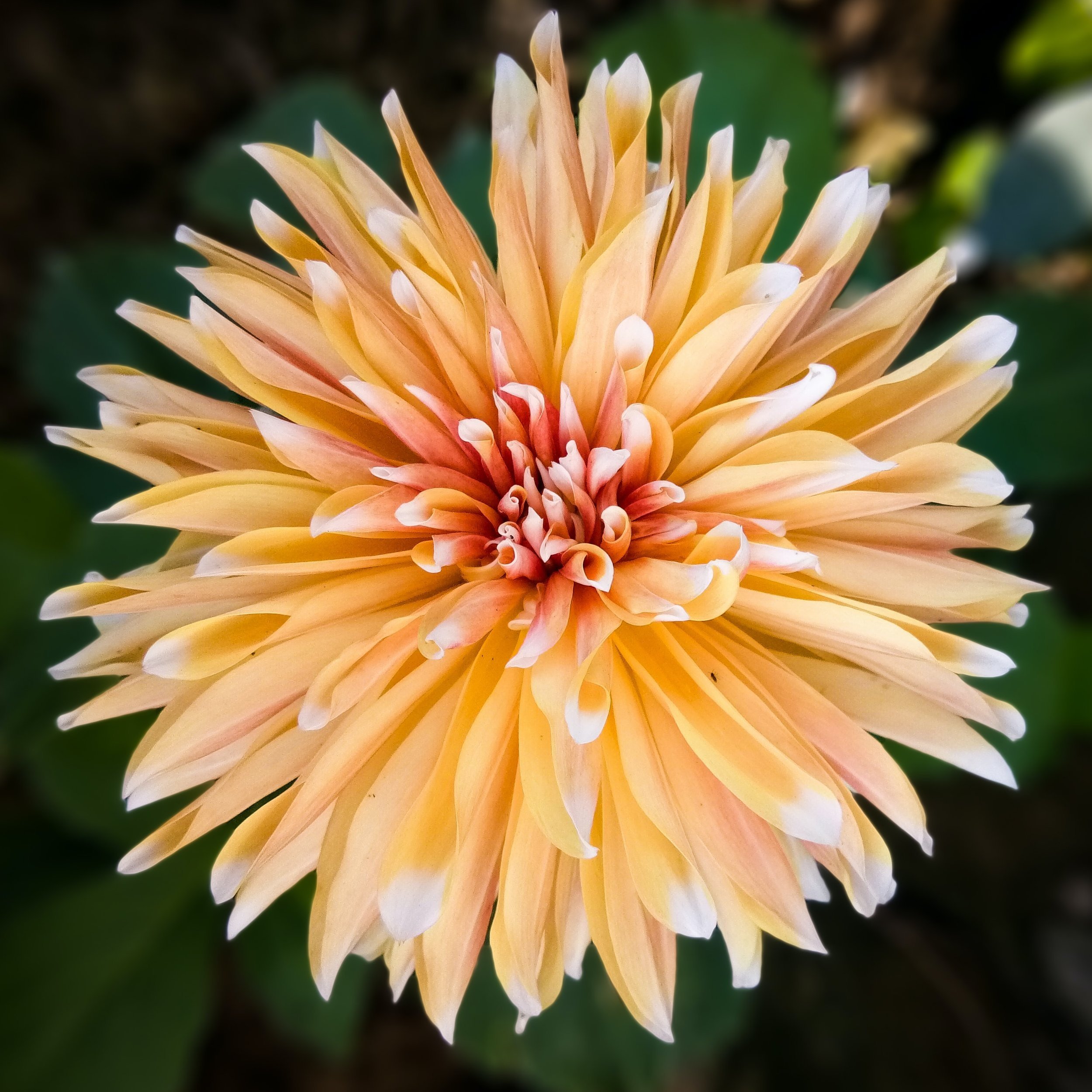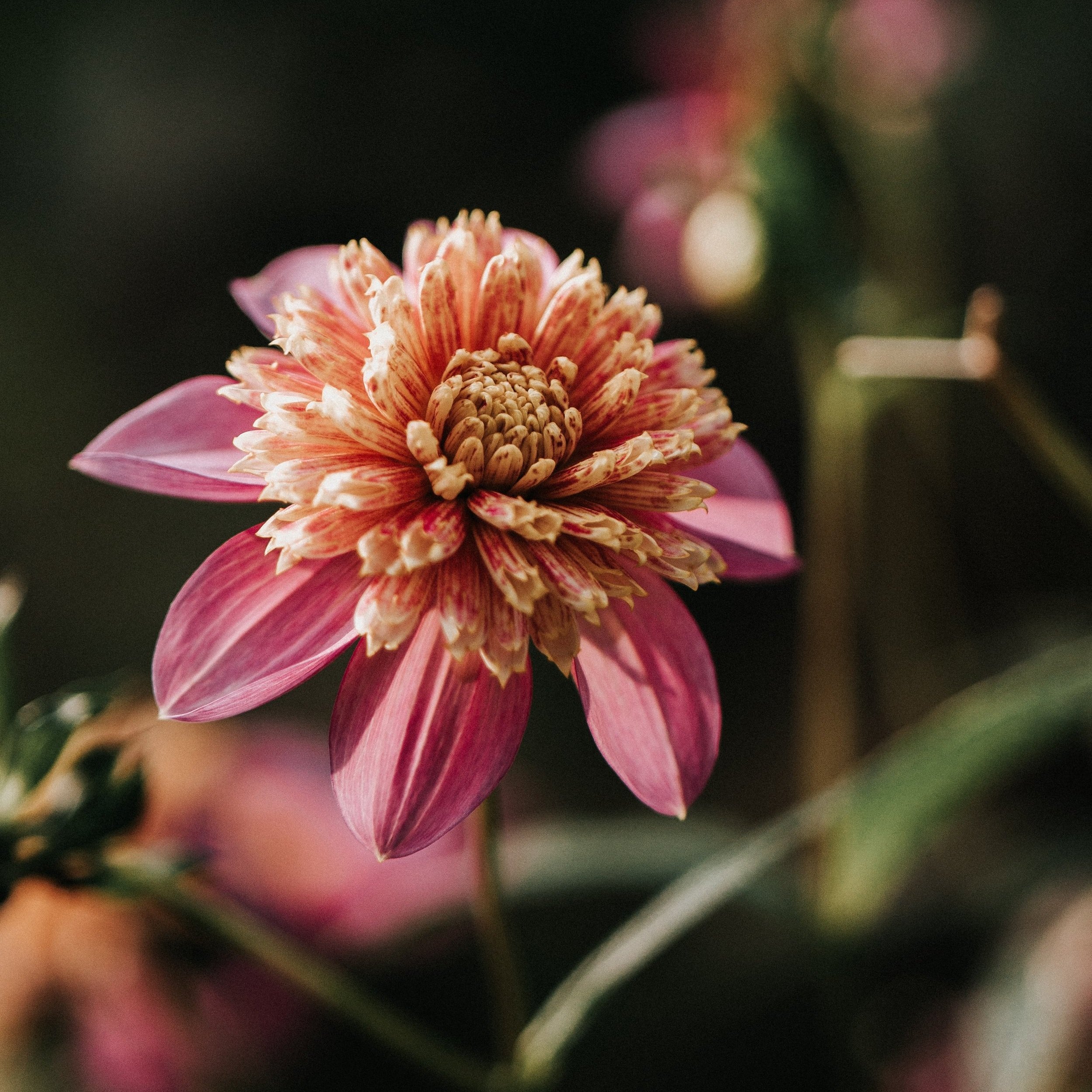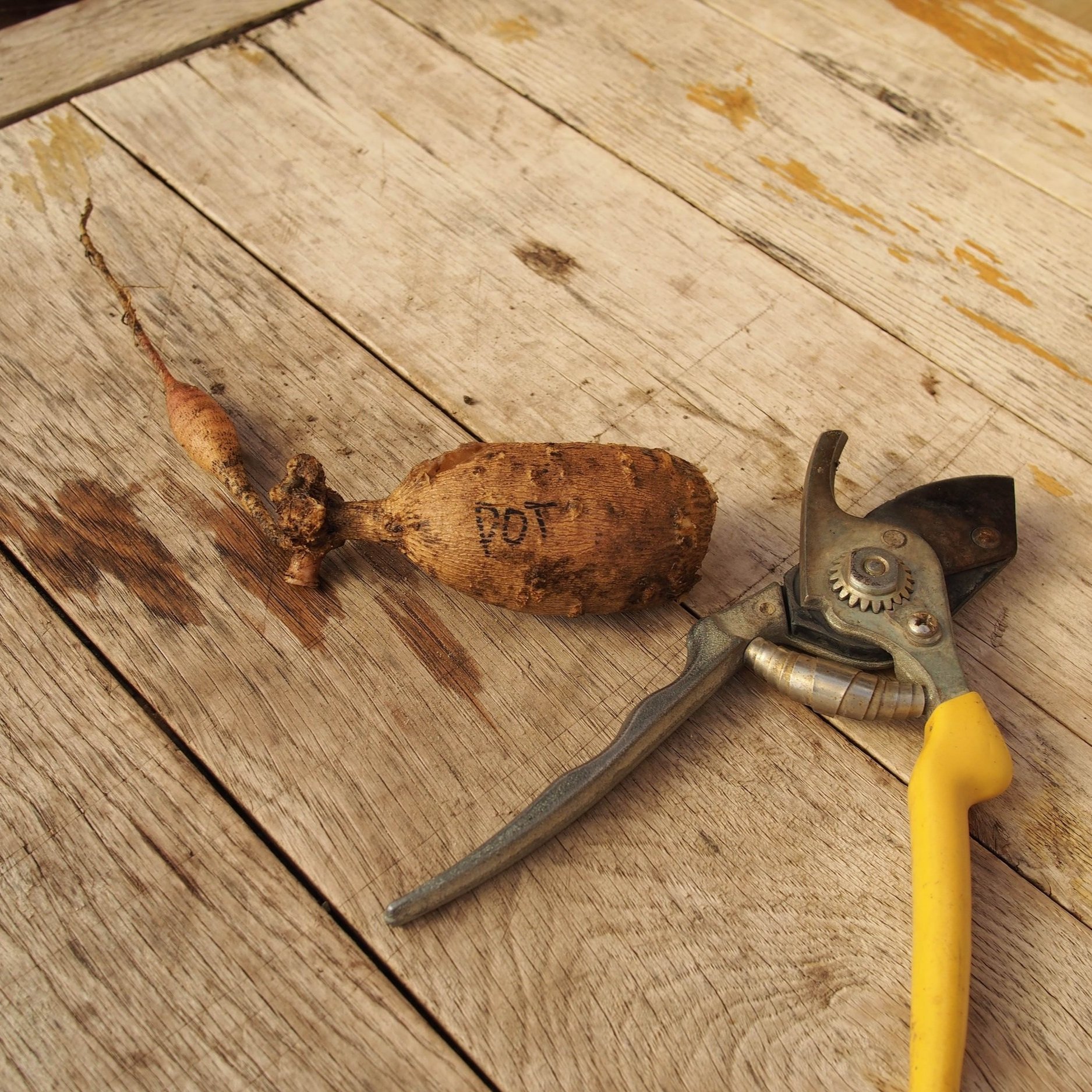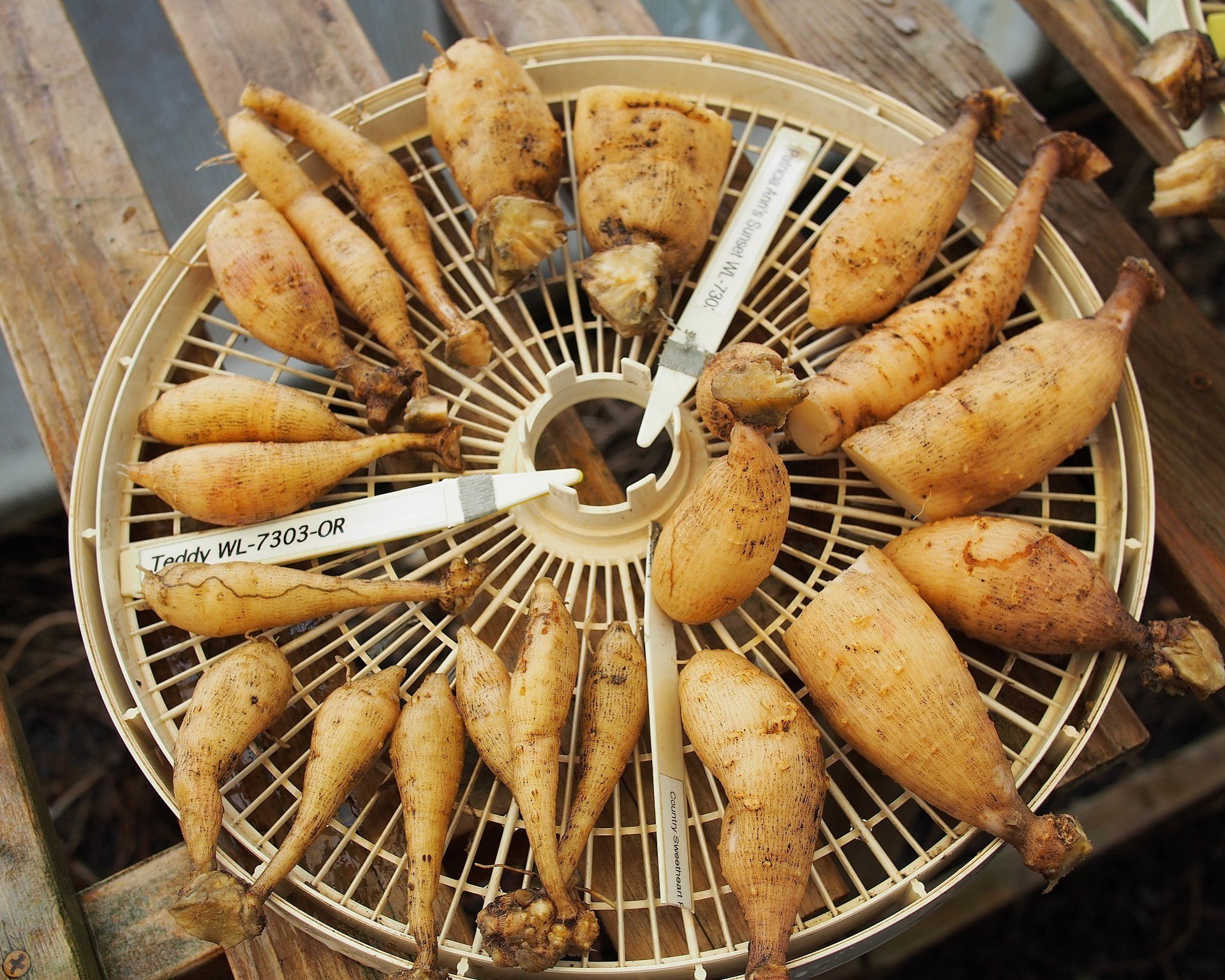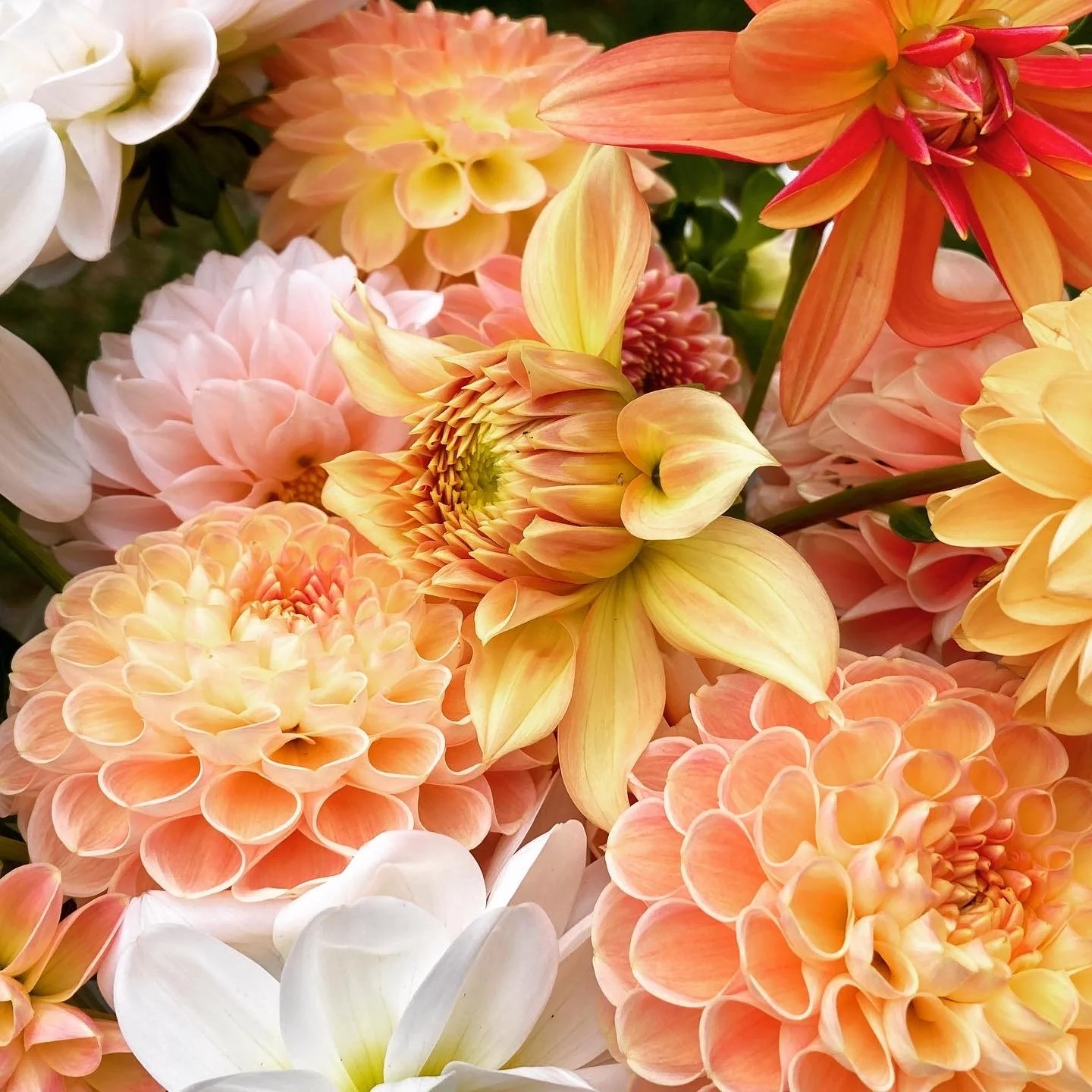dahlias and the late summer garden
“There is nothing like the first hot days of spring when the gardener stops wondering if it’s too soon to plant the dahlias and starts wondering if it’s too late.” - Henry Mitchell
Dahlias are the stars of the late summer garden. Blooming when most other flowers have thrown in the towel after the heat of summer days, dahlias can buoy your fall borders with their stunning blooms and carry them right through to the first frost.
Like sunflowers, daisies, asters and zinnias, dahlias are members of the Asteraceae family. There are 42 species and over 60,000 named varieties, with more being added each year. Officially there are 18 flower forms - including peony, ball, cactus, waterlily, and collarette - and within those forms flowers can range in size from two inches to 15 inch ‘dinnerplate’ dahlias.
Images from left: SCP, Gerardo Ramirez, Geraldine Dukes, Ana Karla Parra, Unsplash, Unsplash, Jason Leung, Ritu Verma, Toan Chu
Native to Mexico, Guatemala, and other regions in Central America, dahlias were first cultivated by the Aztecs as a food and medicinal crop. The inulin-rich tubers were eaten in a similar manner to potatoes and the skin, with its antibiotic properties, was used to treat various illnesses. In addition, the Aztecs used the large hollow stems of the Dahlia imperialis to transport water, hence the dahlia’s name in Nahuatl, the language of the Aztec people, is acocoxochitl, which means ‘water pipe flower.’
The use of dahlias as a food crop continues to this day in Central America, where roasted dahlia tubers are used to make a flavoring for drinks called Dacopa.
Interest in dahlias beyond Central America emerged after the Spanish Inquisition, when Spanish botanists were sent to Mexico in search of plants that might be useful to Spain. Though the wild dahlias were documented it wasn’t until 1789 that the Spanish botanist Abbe Antonio Jose Cavanilles acquired three seeds from Vincente Cervantes, the director of the Botanical Garden at Mexico City, and cultivated them at the Royal Botanical Garden in Madrid. From these three seeds he cultivated more varieties and soon dahlia fever began spreading across Europe. Cavanilles is credited with giving the dahlia its name in 1791 - after the Swedish botanist Anders Dahl. In time dahlias spread to the United States, with the first dahlia society established in San Francisco in 1917.
Fact: before the introduction of insulin in 1922, people with diabetes were treated with inulin extracted from dahlia tubers
Growing
In the colder regions of North America (zone 7 or below) dahlias are considered a tender perennial. This means that on Cape Cod (zone 7A) you can treat them as annuals or dig up the tubers after the first frost and store them indoors for the winter. In the garden they need 6-8 hours of direct sunlight, and rich, well-drained soil that is slightly acidic (6.5). Dahlias are heavy feeders, amending your soil with organic matter prior to planting is recommended. They are also prone to wind damage as the stalks are tall and hollow, so staking is a must for all taller varieties.
Prior to planting, make sure your tubers are firm and plump, with an eye available to sprout (the eyes are bumps at the base of the stem). Any rotted, shriveled, or damaged tubers should be discarded. The size of the tuber does not determine the size of the final plant or flower, tubers come in all shapes and sizes. Small tubers will produce full-size plants and by the end of the summer they will have produced more tubers around the original mother tuber. Since you need to wait until the soil is at least 60 degrees and there is no danger of frost to plant, some gardeners will start their tubers indoors in pots in order to get a jump on things.
Above left: Single dahlia tuber divided and ready for planting. Right: A variety of tubers in all shapes and sizes. Images: F.D. Richards
When planting in the ground, set your stake first, then dig a hole 4-6” deep. Add some bone meal to the hole and mix in, then lay the tuber down horizontally, with the eye facing up. Cover the tuber with soil, and water lightly. Do not water again until the dahlia sprouts or you will risk the tuber rotting.
If you are in a colder region and want to dig and overwinter your tubers indoors, wait until after the first hard frost when the foliage has blackened. After this occurs, cut all stems down to 4 inches tall, dig up the tubers with a garden fork, being careful not to damage them, and shake off the soil. Leave them to dry for 24-48 hours, label them, then pack them in vermiculite or wood shavings and store in a cool, frost-free space (40-50 degrees). Check them periodically to make sure the tubers are not rotting and remove any that have started to do so.
If you wish to increase your dahlia crop you can divide the tuber clumps after digging and prior to storage, or the clumps can also be divided in the spring when you take them out prior to replanting. Division is not necessary, though especially large clumps will show a reduction in flowering over time.
After digging them up in the fall, these dahlia tuber clumps are drying in the sun prior to storage over the winter - a necessary task in colder growing zones. Image: Andrea Obzerova
Pests
Although the flowers of dahlias are edible, deer remarkably don’t seem to be a problem. Slugs, on the other hand, can be a serious issue - especially for young plants. Some mitigation methods include Sluggo, diatomaceous earth, crushed eggshells, or copper mesh wrapped around the base of the plant. Other pests include aphids, thrips, spider mites, and Japanese beetles. Aphids and thrips have the potential to spread viruses from plant to plant, insecticidal soap can be utilized to lessen their impact. It is also wise to sterilize your cutting tools when deadheading or taking blooms for indoors in order to prevent virus transfer between plants.
Enjoy!
With their amazing variety of blooms, it is such a gift to bring a bouquet of dahlias inside to enjoy. Always try to cut your stems in the morning, first removing the bottom leaves and then placing them immediately into a bucket with a few inches of hot water. Place the bucket in a cool spot and allow the water to return to room temperature. The flowers should last up to 7 days indoors.
https://www.dahlia.org/ (American Dahlia Society)

